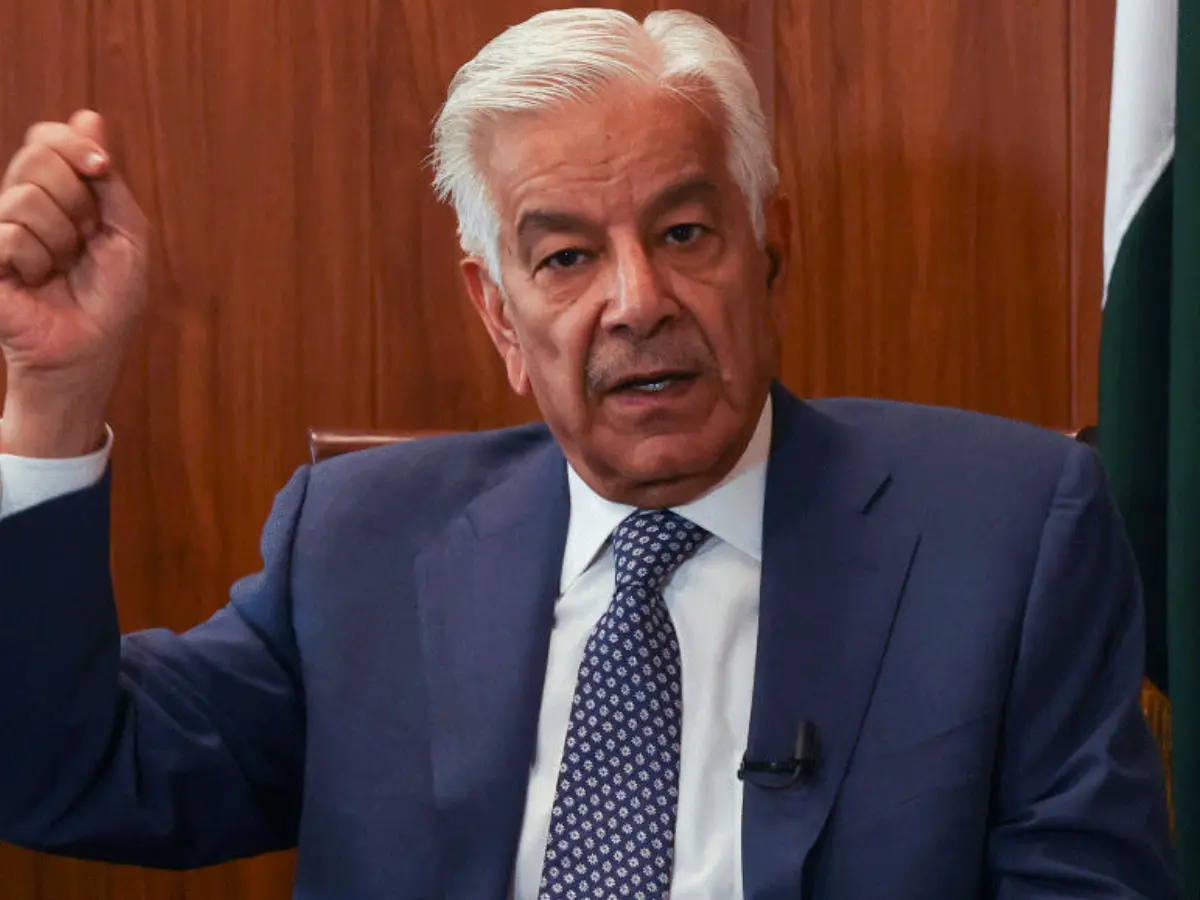What do you do when you want to observe something that’s on the other side of the Sun?
That’s the problem astronomers faced as October 2025 rolled around and comet 3I/ATLAS, the mysterious interstellar visitor, became lost in solar glare, as seen…

What do you do when you want to observe something that’s on the other side of the Sun?
That’s the problem astronomers faced as October 2025 rolled around and comet 3I/ATLAS, the mysterious interstellar visitor, became lost in solar glare, as seen…

Swift just stepped out in New York in a look that was peak “All Too Well (10-Minute Version) (Taylor’s Version)”: a pleated Miu Miu miniskirt and knee-high boots by Jennifer Chamandi. It’s the Gilmore–Girls-meets-Gossip Girl combo we’ve…

He’s back.
A walking highlight, the Ant-Man wasted no time adding to his 2025-26 reel.

Oct. 8, 2025
Tuesday Thrillers: One Peacock premiere, one OT finish, each decided by one point
Wemby’s Road Back:…

With 16 Drivers’ and Teams’ World Championships combined, Williams are the third most successful team in Formula 1 history – behind Ferrari and McLaren.
But they haven’t won a title since 1997, and it has been 13 years since they last…


Ollie Bearman was left delighted with his work in Singapore, having scored “super important” points for Haas with his ninth place finish.
The Briton started solidly in the top 10 after making it to Q3 on Saturday evening for the first time since…

Pakistani Defence Minister Khawaja Asif has once again stirred a controversy with his statement, as this time he claimed that India was “never truly united except under Aurangzeb”.
“History shows that India was never truly united, except briefly…

Taylor Swift certainly has “a lot going on…

Thomas Copeland
BBC Verify Live journalist
We’ve been seeing social media videos showing agents from US Immigration and Customs Enforcement (ICE) and protests against…

The leadership of Pakistan Tehreek-e-Insaf…